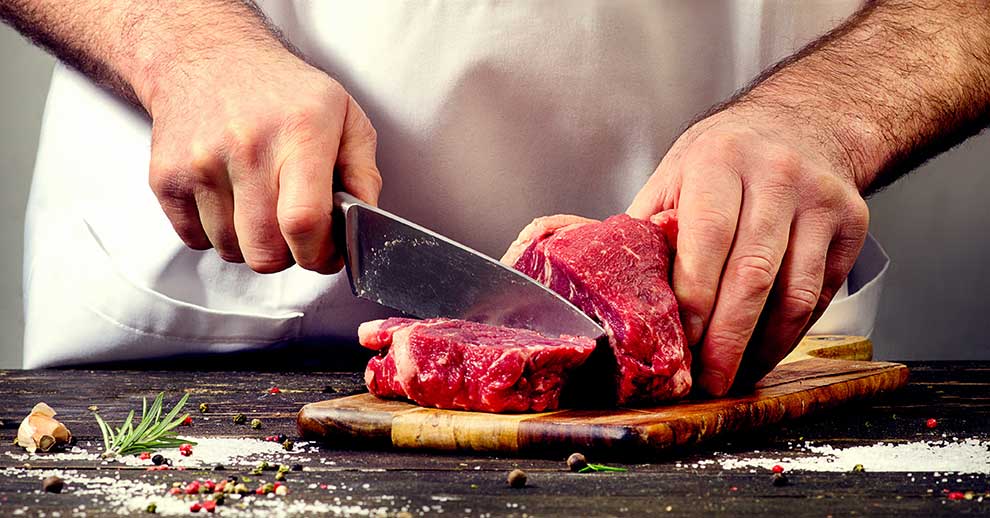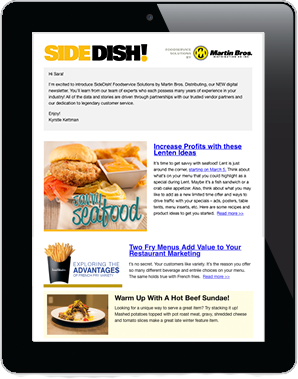Cutting your own meat does have benefits, but it requires the right tools, knowledge and skill, too.
Many operators weigh the cost as “purchased cost” versus “yield cost” with protein cuts. When cutting your own, there will be waste, scrap pieces and possible mistakes and variance in weight. When purchasing precut, you have 100% usage, no mistakes and consistent cuts.
Another thing to think about is product availability. Sometimes it’s easier and a better or only option to get primal cuts that you can cut to your own specs.
One of the most important tools you need are the correct knives. You should have a sharp butcher knife (longer and curved), 12-inch slicing knife, cleaver, semi-flexible boning knife and honing steel.
As for knowledge and skill, you need a good knowledge of the cuts of meat, muscles and seams as well as a steady hand.
The main cuts of meat can vary depending on the type of animal and the region of the world.
Generally, the following are considered the main cuts of beef:
- Chuck: This cut comes from the shoulder area and is often used for stews and ground beef.
- Rib: This cut comes from the ribcage area and is known for its tenderness and flavor. It is often used for roasts or ribeye steaks.
- Short Loin: This cut comes from the back of the animal and is where we get cuts like t-bone and porterhouse steaks.
- Sirloin: This cut comes from the back of the animal, just behind the short loin, and is often used for steaks.
- Round: This cut comes from the hindquarters of the animal and is typically used for roasts, steaks and ground beef.
- Brisket: This cut comes from the breast area and is often used for smoking or slow cooking.
- Shank: This cut comes from the leg and is often used for soups and stews.
For pork, the main cuts include:
- Shoulder: This cut comes from the shoulder area and is often used for roasts and pulled pork.
- Loin: This cut comes from the back of the animal and is where we get cuts like pork chops and pork tenderloin.
- Belly: This cut comes from the underside of the pig and is often used for bacon and pork belly.
- Ham: This cut comes from the hind leg and is often used for ham and ham steaks.
For lamb, the main cuts include:
- Shoulder: This cut comes from the shoulder area and is often used for roasts and stews.
- Rack: This cut comes from the ribcage area and is known for its tenderness and flavor. It is often used for roasts or chops.
- Loin: This cut comes from the back of the animal and is often used for chops and roasts.
- Leg: This cut comes from the hind leg and is often used for roasts and chops.






